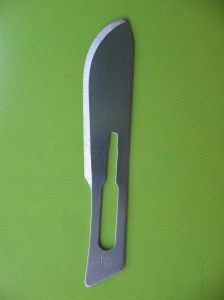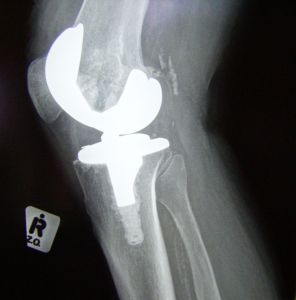Each year, more and more people are choosing to undergo total knee replacement surgery than in prior years. According to a recent report from Fox News, the American Academy of Orthopedic Surgeons estimates that over 600,000 patients undergo the procedure each year, and, by the year 2030, they estimate the number of total knee replacement patients will be over 2 million per year.
 This is a huge number of people electing to have knee replacement surgery each year. However, when we use the term knee replacement, we are actually talking about two distinct types of procedures. The first type of procedure is known a partial knee replacement. In this type of operation, if the patient’s osteoarthritis is only in a single part of the knee joint, the doctor can remove the damaged material and use a partial knee replacement implant during surgery. Continue reading
This is a huge number of people electing to have knee replacement surgery each year. However, when we use the term knee replacement, we are actually talking about two distinct types of procedures. The first type of procedure is known a partial knee replacement. In this type of operation, if the patient’s osteoarthritis is only in a single part of the knee joint, the doctor can remove the damaged material and use a partial knee replacement implant during surgery. Continue reading
 Product Liability Lawyer Blog
Product Liability Lawyer Blog









